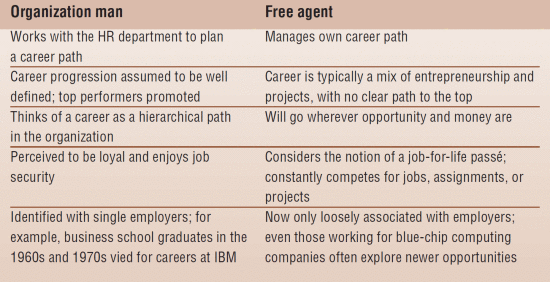The other day while cleaning an old shelf, my son came across a medallion and he asked me about it. “Oh, it’s your grandpa’s Raksha Medal from 1965,” I said.
“Did Krishnamoorthy thata actually fight the Chinese
in that war?” He asked. “Was he issued a gun when he was in the Air Force?” he continued excitedly recalling scenes from the Bollywood movies.
Yes and no, I hummed and hawed.
I tried explaining that my dad was indeed posted at an Air
Base that provided Air support to our troops facing the enemy. And for this
service, he and other servicemen were awarded the Raksha Medal.
And then I went on to reflect on the real reason he was my
hero and role model.
Born in Batalagundu, a small town in South India that might just have been the inspiration for RK Narayan’s Malgudi, he grew up in a rather large brahmin agrarian family. When he did exceptionally well at school, he was offered a scholarship to study at a college in a nearby district and a ticket out of the small town. While studying for his bachelors, a lecturer suggested that he join the Indian Air force that was recruiting English speaking graduates for its education instructor’s trade.
Shortly after training and donning his Seargent’s stripes, he was deployed to the Air Base at the border to prepare for the Chinese aggression. And this is how, as a young Seargent, he was awarded the Raksha Medal.
He wasn’t content to continue the life of an enlisted airman and set his sights higher - He would be commissioned as an officer before he married the love of his life, whom he had been wooing since his college days.
He failed the internal services selection board several times before he cracked the SSB to become a “Class A” Gazetted officer with the rank of a Pilot Officer – the first from his town. The month after his officer’s training he married my mother, but just as the couple was readying to enjoy matrimonial bliss, service beckoned. All servicemen were requisitioned to the border, this time to prepare for the aggression from the neighbor to the west. By then, my mother who was pregnant with me, her first son had to return to Batalagundu where I was born.
Dad’s eventful service over the years took us to the far corners of the country – from Bagdogra near Darjeeling where my brother was born, to Jodhpur in Rajasthan where we enjoyed three years of the Rajput hospitality and a number of other memorable stops in between.
Dad would fondly remember his secondment to command a Liaison Unit (LU) – the intelligence wing of the Air Force – during that stint. This was one posting where we stayed in a suburb in town outside the sprawling Air-base, not in the regular quarters and most of my dad’s tenure was in his civvies, not his service uniform. Watching reruns of the sleuths corner the enemy within and outside services in tele-serials like NCIS with him would always give me the goosebumps, when some episodes would mimic war stories from the LU days.
That experience in LU would follow him when he was posted in Bengaluru – as this was during the height of the Indian deployment of the Peace Keeping Force (IPKF) in Sri Lanka. That he was an officer of Tamil origin with an intelligence background didn’t go unnoticed by the military brass, and he was drafted for that endeavor.
After 35 years of eventful service, he decided to spend his sunset years in the retirement paradise, which is how Bangalore was known then. During his ‘retirement,’ he continued to consul eligible youth interested in joining the services and many enlisted servicemen aspiring to be promoted to commissioned officer would seek his guidance in tuning their efforts. A small-town boy who retired as a proud Squadron Leader was indeed a role model to aspire to.
That old soldier didn’t die, he merely faded away at the
‘ripe old’ age of 82, nearly six years ago.

